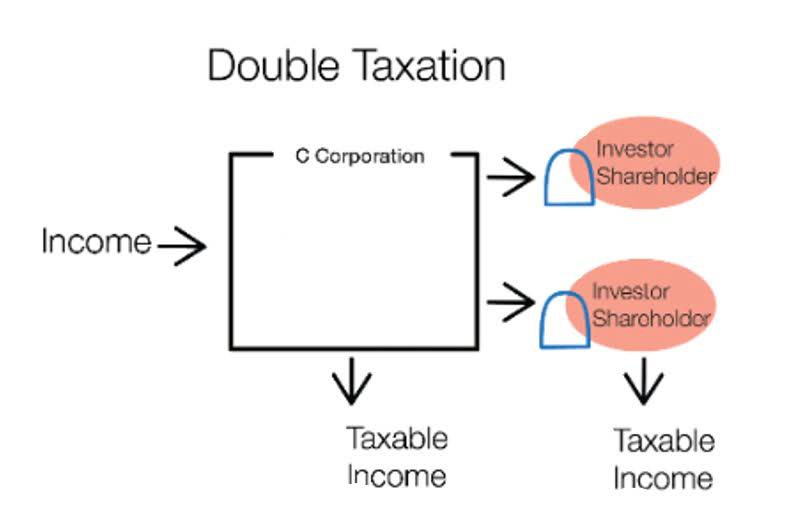
This is the total amount of net income the company decides to keep. Every period, a company may pay out dividends from its net contribution margin income. Any amount remaining (or exceeding) is added to (deducted from) retained earnings. This line item includes all of the company’s intangible fixed assets, which may or may not be identifiable. Identifiable intangible assets include patents, licenses, and secret formulas.
- The current portion of long-term debt due within the next year is also listed as a current liability.
- One of the main financial statements is the balance sheet (also known as the statement of financial position).
- In its most basic sense, a liability is a requirement that must be fulfilled.
- The totals show us that the corporation had assets of $17,200 with $7,120 provided by the creditors and $10,080 provided by the stockholders.
- These are also listed on the top because, in case of bankruptcy, these are paid back first before any other funds are given out.
- Income is money the business earns from selling a product or service, or from interest and dividends on marketable securities.
- Revenue doesn’t live on the balance sheet with your assets, liabilities, and equity.
Liabilities vs. expenses
Some may shy away from liabilities while others take advantage of the growth it offers by undertaking debt to bridge the gap from one level of production to another. Here are some of the use cases you may run into when understanding the uses of assets and liabilities. Current assets are important because they can be used to determine a company’s owned property. This can provide the necessary information behind how much liquid funds they could produce in the event that those assets had to be sold. Now you’re armed with the knowledge to navigate your financial statements like a pro.
Elements of Financial Statements:
- The company has a special rate of $120 if the client prepays the entire $120 before the November treatment.
- Assets can boost your operations, increase your business’s value, and even bump up your personal net worth if you’re the owner.
- AT&T clearly defines its bank debt that’s maturing in less than one year under current liabilities.
- For example, a massage service charges $80/hour, and provides 1,000 one-hour massages, resulting in $80,000 of revenue.
- The accounting cycle is the process of accepting, recording, sorting, and crediting payments made and received within a business during a particular accounting period.
- So, while revenue contributes to an increase in equity, it isn’t equity itself.
There are three types of Equity accounts that we need to know about. These accounts have different names depending on the company are revenues liabilities structure, so we list the different account names in the chart below. Fixed assets are tangible assets with a life span of at least one year and usually longer. You might notice there is no minus sign on the debit side of the Capital Contributions category. A liability is anything you owe to another individual or an entity such as a lender or tax authority.
Free Course: Understanding Financial Statements

Unearned revenue, also known as deferred revenue, refers to payments received by a business for goods or services that have not yet been delivered or performed. In the case of rent payments received in advance, a landlord must record deferred revenue for the portion of rent not yet earned. For instance, if a tenant pays six months of rent upfront, the entire amount is initially considered deferred revenue.

Consider a company that publishes a monthly magazine and collects its yearly subscription fees upfront. The amount received for the entire year constitutes deferred revenue, and the company recognizes it as a liability. As each month progresses and magazines are delivered, the company Cash Flow Management for Small Businesses can recognize a portion of this payment as earned revenue. Tax rules related to deferred revenue can differ significantly from accounting standards, leading to complexities that require careful management. Under the Internal Revenue Code (IRC), income must generally be recognized when it is actually or constructively received, which may not align with accrual-based financial reporting.

- Properly accounting for unearned revenue ensures accurate financial reporting and compliance with accounting principles.
- Current liabilities are those that a company must pay within one year.
- Because the membership entitles Sam to 12 months of gym use, you decide to recognize $200 of the deferred revenue every month—$2,400 divided by 12.
- With liabilities, you don’t have to pay immediately after you receive a good or service.
- The equation remains in balance thanks to the double-entry accounting (or bookkeeping) system.
- Unearned revenue in accounting represents advance payments received from customers for goods or services yet to be delivered.
- For example, there are three main elements in the Balance Sheet as Assets, Liabilities, and Equities.
This means that a contract asset is essentially a promise of future payment, and it’s not the same as trade receivables, which arise when an invoice has been issued. This example highlights how revenue is recorded as a credit in various scenarios. Enough theory—let’s see how this works in real life with some revenue accounting example. Expenses are expenditures, often monthly, that allow a company to operate.
